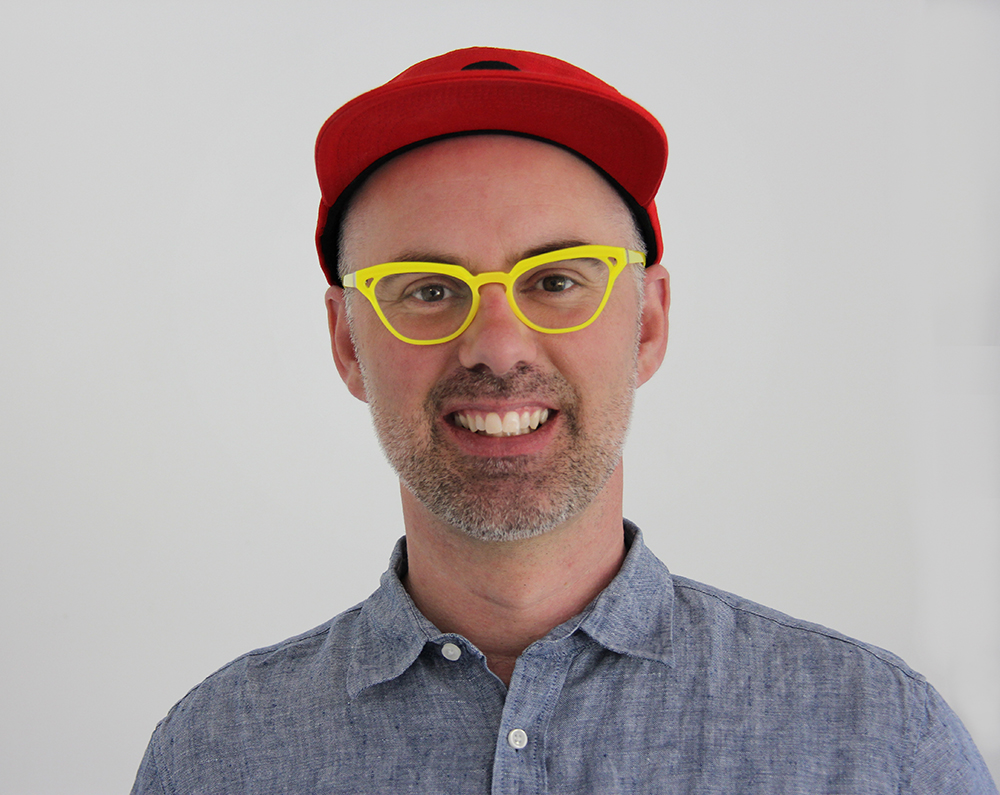
Michael V. Smith is an interdisciplinary artist, working as a writer, filmmaker, and performance artist. He is an Associate Professor of Creative Writing, teaching courses in writing non-fiction, spoken word, editing and publishing, and screenwriting.
We talked to Michael to find out a bit more about him and his teaching practices.
What are you passionate about?
I’m passionate about social justice, and creative expression, and all things queer. Some of that means paying attention to how I program and curate and assign readings, so that a wide range of voices and experiences are represented. As a professor, my job allows me to facilitate art-making for students from all manner of backgrounds and experiences. I try to help people find what they really care about, and to put language to that passion. Being a prof also means I get to help shape how people navigate how they make, for whom, from what, where, and maybe even why. I’m always asking students what are the silences in their lives, meaning what stories in their experiences and cultures and families haven’t been told, where have you felt silenced, what needs sharing, how can you be the best person to share what wants to be told? Living life as an artist and being paid to do that, as well as helping others find insight and purpose in a maker’s life, well, that’s pretty much the best job around, if you ask me.
How did you know you wanted to be a professor?
I’d always wanted to teach, ever since high school. I love people. But the real impetus came around 2006. I was an artist with an active career making things, but I needed a part-time day job to make ends meet, which meant that I was working all the time. Like, daytime I was writing and then working, and evenings and weekends I was organizing events or doing more writing. So I was exhausted. And broke. I needed a better return on my time. I went looking for jobs where I could be paid to be an artist and a community organizer. Over the years, I had taught workshops or Continuing Education courses, so teaching uni was a natural fit.
What most excites you and challenges you about your field of work?
That’s a clean split down the middle. I’m most excited by my students, who are amazing. I love them. I cry at every convocation because I’m going to miss those beautiful people, and I’m so happy for them. But I’m also excited by the power of story, for its ability to re-shape what we think we know, for its ability to bring us together, for the way art is a container for a communion between the maker and the audience, and among the audiences themselves. Stories have the ability to make us better people. History teaches us that stories have also made us inhuman. There is nothing with greater potential for power than a story. That’s a huge delight, and a sobering responsibility.
What kind of learning experiences do you offer your students?
I lead very practice-based classes, so students make a lot of things manifest in the world, off the computer screen or page. We do site visits to make audio installations, students get work displayed in the Kelowna Art Gallery or Alternator Gallery, or we create videos or podcasts or Instagram projects that require site research and material collection. I also program some students in my annual cabaret, Pony, every spring. Being in the world, finding audiences, building your creative community in your own backyard and in your city is vital to art-making. I want students to realize how accessible art-making is, how stories are right here, at our fingertips, wherever we are. And I want them to see their work out there in the world, so it’s not just something they do privately, in secret. We make work, we share work, and so we love and are loved better for it.